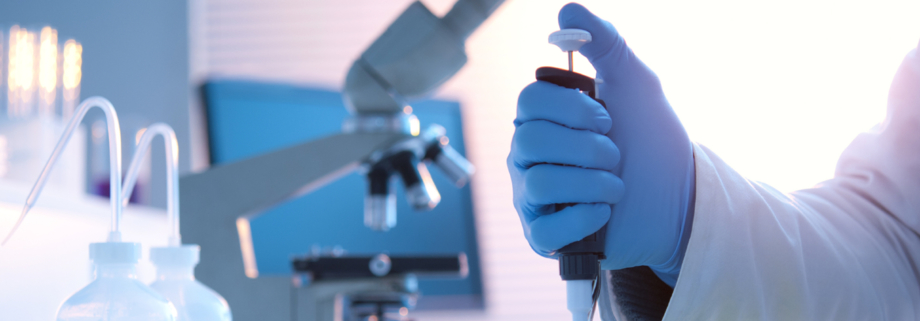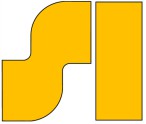
FREQUENTLY ASKED QUESTIONS
What is the pipette calibration process?
Pipette calibration is the process of verifying and adjusting the accuracy of the pipette according to the manufacturer’s specifications. Calibration of pipettes ensures that the pipette is functioning correctly and providing accurate and reliable measurements. An overview of the calibration process is as follows:
Verification: The first step in pipette calibration involves verifying the accuracy of the pipette. This is done by comparing the actual volume of liquid delivered by the pipette to the volume it is set to dispense. Scitech will use an analytical balance (gravimetric method) to measure the weight of the liquid dispensed by the pipette.
Adjustment/Calibration: If the pipette's measurements are found to be inaccurate during the verification step, adjustments will be necessary. This involves fine-tuning the pipette to ensure that it dispenses the intended volume accurately. Once the pipette is adjusted to be within SCITECH's specifications (well within manufacturer's specifications), we will perform the required number of measurements at the required volumes.
Documentation: Proper documentation is a crucial part of the pipette calibration process and is essential for maintaining a record of the pipette's performance over time. During calibration, Scitech's technicians will record all the relevant information you will need pertaining to each pipette and its performance. All data will provided either in person or via e-mail.
What is the difference between air displacement and positive displacement pipettes?
Both types of pipettes have a piston that moves in a cylinder, or capillary. In air displacement pipettes, a specified volume of air remains between the piston and the liquid. In positive displacement pipettes, the piston is in direct contact with the liquid. This keeps air from entering the tip, preventing contamination effectively. Air displacement pipettes are typically for general use with aqueous solutions. Positive displacement pipettes are typically used for high viscosity and volatile liquids.
Is proper pipetting technique important during testing?
Proper pipetting technique is absolutely essential for consistant results. Scitech's technicians are trained in proper pipetting technique which includes the proper pipetting angle, speed, and rhythm that is used throughout the testing procedure.
How often should pipette accuracy be tested?
An ongoing micropipette test program is recommended for all air-displacement pipetting
systems. Typically, service programs are performed at 3, 6, or 12-month intervals. In collaboration with the lab manager or GMP/GLP person - the frequency of these tests should be determined by the
following factors:
· How much usage the units receive per week
· How many researchers use each unit
· What type of sample is used (aqueous, viscous, large, small, etc.)
· Does the lab need to track error in their analysis?
· What does the internal GLP/GMP department require?
· On any given day, how critical is the accuracy and performance of your units?
What should you use to weigh your sample in during calibration?
A lightweight plastic weigh boat, a 10ml beaker, or a small stubby glass (or plastic) vial should be used for weighing samples. Cylindrical weighing vessels are always preferred since the liquid surface area stays fairly constant as it fills. A weighing vessel with a loose fitting cover will be most useful in minimizing evaporative effects when weighing micro volumes. The weighing vessel used for micro volumes should be handled with clean forceps or tweezers to prevent deposits of moisture, dirt, or oil.
What should the room conditions be during calibration?
The room in which testing occurs should be a draft-free and dust-free environment with proper lighting (avoid direct sunlight). A constant temperature of 66-73 degrees Fahrenheit should be maintained. Relative humidity should be between 45-75% so as to reduce variations due to evaporation. Operator distractions should also be kept to an absolute minimum.
What medium should be used for testing?
Water is the standard in gravimetric analysis. The water used should be distilled and gas free, and placed in the sampling reservoir at least one hour ahead of time to equilibrate with the room environment.
What types of pipettes do you service & calibrate?
Scitech services all brands of manual and electronic single and multichannel pipettes, positive displacement pipettes, and repeaters.
Do you service analytical and top-loading balances?
Yes, Scitech performs preventative maintenance and performance verification and/or calibration on all brands of analytical and top-loading balances.
Do you service pipet-aids and bottle-top dispensers?
Yes, Scitech services all brands of motorized pipet-aids and all bottle-top dispensers
Do you perform preventative maintenance during scheduled calibration?
Yes, Scitech technicians perform preventative maintenance on your pipettes during your scheduled calibration service. Our preventative maintenance includes; full disassembly, visual inspection of all parts, assessment of functionality, interior and exterior cleaning, and piston cleaning and re-greasing. Inserts, seals, and o-rings are replaced as needed. Any missing, broken, or malfunctioning parts that impact pipette performance will be communicated to you.
How much does it cost to fix broken pipettes?
After performance evaluation, unit inspection, and diagnosis, we will provide a free repair estimate for you to decide the appropriate path forward. We only charge for replacement parts and calibration.

